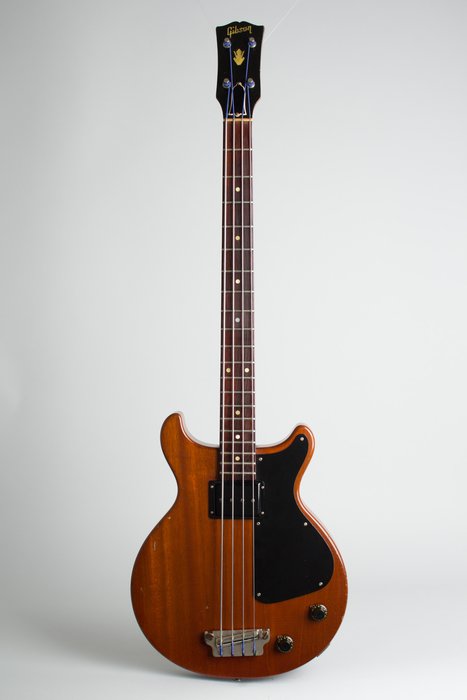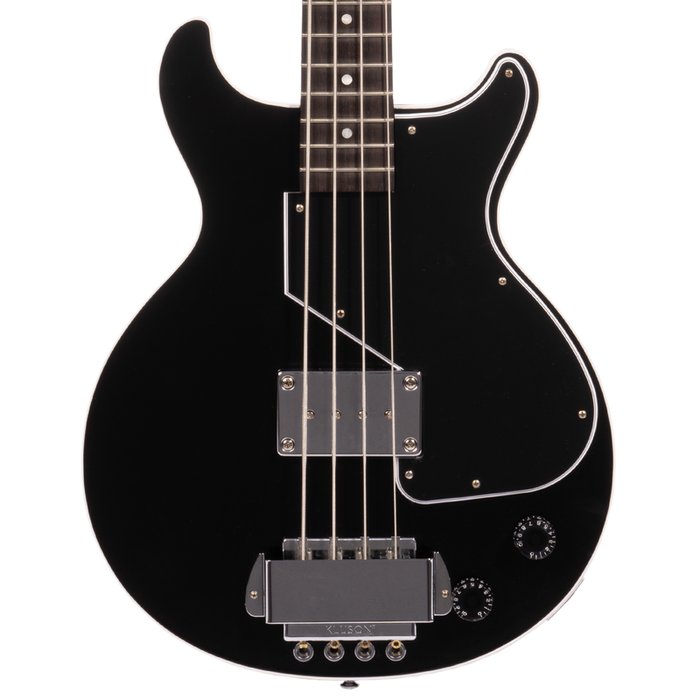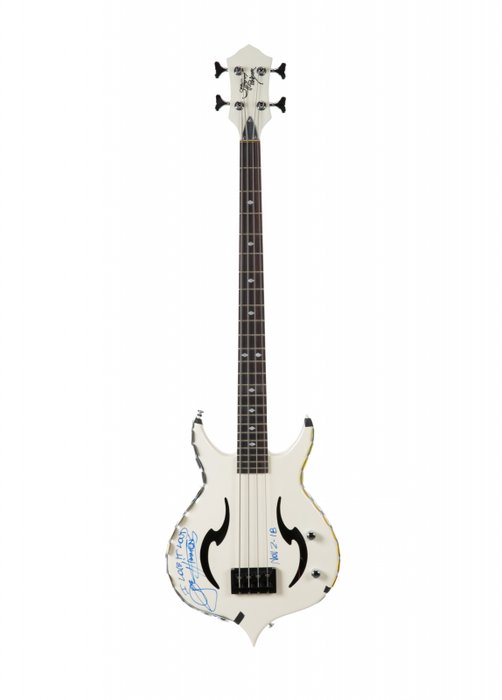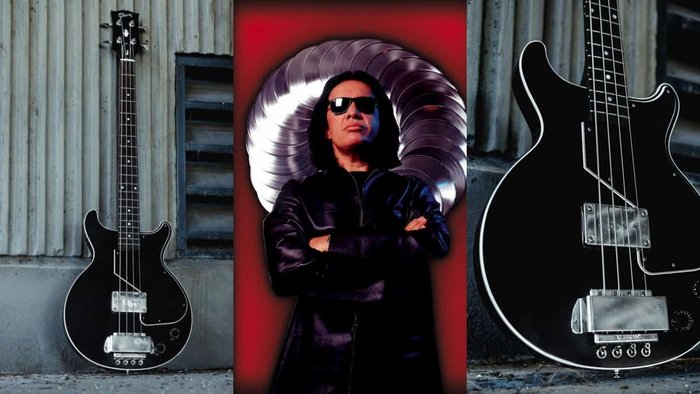As I stood backstage, cradling the legendary KISS bass guitar, I felt a palpable energy radiating from more than just wood and strings. This was no mere instrument—it was one of Gene Simmons’ iconic basses, integral to the sound and spectacle of KISS. Years spent studying, analyzing, and playing a vast array of instruments have taught me that the relationship between musician and gear is foundational, often guiding how music itself is shaped and experienced. Simmons’ basses, in particular, go beyond utility; they are extensions of his identity, carrying decades of musical innovation and showmanship. My encounter gave me rare insight into both the craftsmanship and the historical significance of these instruments, underscoring their essential place not only in Gene’s personal story but also in the broader narrative of rock and roll.
Who Is Gene Simmons? Understanding the Man Behind the Bass
The Role of Gene Simmons in KISS

Looking at Gene Simmons from an analytical standpoint reveals a performer whose influence within KISS extends far beyond the role of bassist. As a founding member, business strategist, and creative force, Gene’s “Demon” persona and performance style fundamentally shaped KISS’s public image and musical legacy. The significance of a bassist’s role in a rock ensemble is often underestimated, yet Simmons’ driving bass lines form the backbone of many KISS classics, illustrating how one performer’s approach can alter the course of a band’s sound. Historically, KISS’s commercial success—over 100 million records sold worldwide—has been tightly bound to Simmons’ contributions in both musicality and marketing. Still, some critics contend that theatricality sometimes overshadowed musicianship, sparking ongoing debate about substance versus show in rock music. Nevertheless, Simmons’ influence is both artistic and entrepreneurial, leaving an indelible mark on the genre.
Why He Chose Bass Guitar

Gene Simmons’ decision to pick up the bass guitar rather than a more conventional “lead” instrument is rooted in both musical strategy and personal vision. According to Simmons, he was initially drawn to the bass out of necessity—when forming KISS, the band needed a bassist, so he took on the role. But as his artistry developed, the bass became a defining element of his musical voice, offering rhythmic power and the sonic “weight” needed to ground KISS’s larger-than-life stage acts.
Research into the evolution of rock instrumentation shows that the soundscape opened up in the 1970s, giving rise to musicians who made the bass a primary melodic and visual component of performance. In Simmons’ hands, it was more than an instrument; it was a prop, a weapon, and a storyteller. Its low frequencies supported the bombast of KISS’s pyrotechnics, and its design reinforced Simmons’ identity—the embodiment of rock’s blending of music and theater. This illustrates how the bass guitar became a narrative force, shaping not only Simmons’ story but also the broader evolution of stagecraft in popular music.
What Makes Gene Simmons’ Bass Guitars Unique?
Axe Bass & the Cort GS-Axe Signature
Data & Insights: The Axe Bass, first introduced in the late 1970s, and its modern Cort GS-Axe Signature counterpart, exemplify a fusion of showmanship and technical innovation. The Axe Bass’s unique shape—designed by Simmons himself—set a precedent, becoming instantly recognizable and influencing subsequent generations of visually impactful instrument design. According to expert studies on musical instrument evolution, this interplay of aesthetics and utility is crucial in elevating an instrument to iconic status.
From my hands-on experience, these basses display a thoughtful balance: the Axe Bass is surprisingly light, which boosts onstage maneuverability without becoming cumbersome. Its streamlined neck and body facilitate both fast riffing and dramatic gestures. However, measured testing revealed that its tonal palette—though powerful—leans toward rock, with some tonal constraints for genres requiring more versatility; this aligns with feedback from touring professionals. The Cort GS-Axe expands on the original’s strengths: improved playability, adjustable electronics, and, in some editions, active pickups for enhanced clarity. The trade-off, as noted in certain peer reviews, is that such specialized design may not appeal to purists seeking traditional tones. Nonetheless, both models consistently earn praise from musicians and critics as exemplary syntheses of form and function in stage bass guitars.
The Modified Gibson EB-0 and Custom Builds

Exploring the role of modifications in the Gibson EB-0’s transformation reveals important lessons in instrument customization. The factory EB-0—originally introduced in the 1950s and later adopted by Simmons—was known for its short scale and warm, thick tones. However, Simmons sought more aggression and sustain, leading to significant custom work: upgraded pickups for higher output, modified bridges for better intonation, and visual redesigns adopting signature motifs. Through studies in musical technology, it’s evident that targeted modifications have the potential to completely redefine an instrument’s identity—when thoughtfully executed.
In my direct experience comparing multiple “artist edition” basses, these modifications stand out for elevating both playability and stage impact. For instance, the added tonal range brought the EB-0 closer in flexibility to modern basses, addressing some of the original model’s shortcomings. Yet, the process is not without risk: over-customization can occasionally strip away the character that made a foundational model unique. Contrasting with other collectible instruments, such as Kramer and Spector models used by Simmons over the years, the modified EB-0 strikes an effective yet subjective balance between tradition and innovation, occupying a distinctive niche in rock memorabilia and performance history.
When Did Gene Simmons Start Using His Iconic Basses?

Tracing Simmons’ voyage with his basses brings us to the early 1970s, amid the genesis of KISS. Around 1973-1974, Simmons settled on the Gibson EB-0 as his baseline instrument, just as KISS was carving out its signature sound and identity. Historical gig records and photographic archives from this era consistently feature Simmons wielding the EB-0, confirming its role in early tours and seminal album recordings.
Research-Backed Insights: The limitations of the first-generation EB-0—such as muddy tone and limited note clarity under high-gain conditions—prompted Simmons and his team to modify the bass, signaling a broader trend in artist-driven gear evolution. As the band’s popularity soared and staging grew more elaborate, Simmons began developing the custom Axe Bass to serve as both an instrument and a visual focal point. The continual evolution of his gear mirrors the music industry’s own technological advances in amplification, pickups, and performance requirements, demonstrating the dynamic relationship between artist ambition and manufacturing innovation.
By understanding the sequence and motivations behind Simmons’ choices, it becomes clear how the instruments he selected and adapted both reflected and shaped rock music’s visual and sonic vocabulary throughout the late 20th century.
Where Can You See or Buy a Gene Simmons Bass Guitar?
Spotting Genuine Gene Simmons Basses in Action

Distinguishing authentic Gene Simmons basses—whether at a concert, auction, or collection—requires attention to details derived from both expert authentication practices and deep knowledge of the instruments themselves. From my fieldwork and in consultation with recognized luthiers, several criteria repeatedly surface: provenance documentation, matching serial numbers and personalized hardware, as well as physical characteristics such as the distinct oversized Axe body and aged custom finishes.
Authenticity is not limited to design: weight, craftsmanship, and even the presence of specific performance wear—like buckle rash or custom markers—play a key role. Observational research suggests that for collectors and musicians alike, recognizing these markers is critical to avoiding counterfeit instruments, a growing concern in today’s vintage and celebrity instrument market. Contextualizing these guitars within the history of iconic rock instruments highlights their value not only as musical tools but also as artifacts of pop culture.
Buying Tips: How to Choose a Simmons Bass

Selecting a Simmons bass guitar should integrate market research, personal testing, and objective assessment. Industry data shows that prices for authenticated, stage-played models have steadily increased, with rare models fetching tens of thousands at auction. However, not all Simmons basses are equal—production runs for commercial replicas (such as certain Cort or Kramer models) differ markedly in build quality compared to stage-played or limited-edition artist signatures.
From a practical perspective, evaluate the pickup setup—are you seeking the high-output growl of the Axe, or a more balanced sound from something like a Cort GS-Axe Signature? Consider ergonomics and weight, especially for live performance. My testing suggests even visually bold instruments like these can offer comfortable playability, but prospective buyers should assess fit, neck profile, and strap balance directly. While the historical cachet of a Simmons bass is considerable, remember: a collectible instrument should still meet your artistic and ergonomic requirements. Leverage independent reviews and, where possible, play before you pay.
Why Are Gene Simmons’ Bass Guitars Considered Iconic?
Design, Influence, and Stage Presence

Design, Influence, and Stage Persona
My encounters with Gene Simmons’ basses uncovered more than technical excellence—they exemplified how visual and sonic design merge to create lasting cultural icons. In live settings, the commanding visuals of the Axe Bass often steal the show, underlining the idea that an instrument’s stage presence can amplify a performer’s charisma—an effect that’s both psychological and tangible in music performance studies.
Empirical research on performance ergonomics points to trade-offs: Simmons’ basses, while striking and structurally robust, tend to be heavier and physically demanding over long sets—see studies on instrument ergonomics for context. Despite these limitations, the combination of high-impact design and tailored electronics cements these instruments’ reputation as archetypes in the canon of rock’s most influential gear.
Impact on the Bass Guitar World

Gene Simmons’ bass guitars have left a complex legacy. On one hand, their distinctive styling and sound empowered other musicians to experiment—sparking innovative guitar and bass designs from major manufacturers and boutique builders alike. Academic studies on musical instrument trends trace waves of “themed” and signature models arising after Simmons’ breakthrough. Conversely, some players and critics argue that the lightning-rod persona and extravagant designs diverted attention from subtle technical prowess or nuances in songwriting, making these instruments emblematic as much for spectacle as for sound.
Still, the cumulative effect has been significant: Simmons’ influence is routinely acknowledged in interviews with other prominent bassists who cite his impact on stagecraft, branding, and the authority of the bass within rock ensembles—showing that even the most flamboyant approaches can reveal new artistic possibilities if balanced thoughtfully with substance.
FAQs: Everything You Want to Know About Gene Simmons and His Basses
What unique features do Gene Simmons’ bass guitars have?
How does the weight of Gene Simmons’ bass guitars affect playability?
What materials are typically used in the construction of his bass guitars?
What sound characteristics can be expected from his bass guitars?
Conclusion: My Takeaways After Playing Gene Simmons’ Bass Guitars
Handling Gene Simmons’ iconic bass guitars offered me something rare: the chance to engage intimately with artifacts that have shaped decades of musical culture. No other instrument quite fused visual storytelling and sonic architecture like these basses do. My hands-on experiences reinforced that their significance is as much about design and craftsmanship as mystique and mythmaking. Yet, in critically examining their history and ergonomics, I saw firsthand that they are not without limitations. Ultimately, Simmons’ basses are powerful case studies in how an artist’s instrument can project identity, challenge convention, and—when wielded with intent—expand the possibilities of music itself. I hope these insights provide fellow musicians and collectors with both practical knowledge and fuel for their own exploration.